行业资讯
(一)施工准备
(1) Construction preparation
需要冷再生施工的路面要平坦,如有大坑需在施工前用骨料填平,大包需铲平。以避免施工中机械行走发生倾斜性危险。
The road surface that requires cold recycling construction should be flat. If there are large pits, they should be filled with aggregates before construction, and the large packages should be leveled. To avoid the risk of tilting during mechanical walking during construction.
(二)施工机械
(2) Construction machinery
冷再生施工中需要冷再生机1台,水罐3辆。振捣压路机1辆。平地机1辆,18-21吨压路机2台。
One cold regeneration machine and three water tanks are required for cold regeneration construction. 1 vibrating roller. One leveling machine and two 18-21 ton rollers.
(三)施工方法:施工前设专人负责设置路档、标志牌,控制与疏导通车半幅的车辆行驶。
(3) Construction method: Before construction, a dedicated person is responsible for setting up road barriers and signs to control and guide the movement of vehicles that are half open to traffic.
1、水泥摊铺:
1. Cement paving:
需要根据结构层的工程量确定水泥的用量,以一米几袋(技术员提前算出)为标准,然后在冷再生施工前将路段所需水泥用人工摊铺好。先向准备施工路段卸水泥,袋装水泥一般以10米一堆卸好在路边码放,雨季施工中需要准备好防雨布,随时准备遮盖。铺前由测量人员放出施工边线,采用人工撒灰线的方法,圈定结构层施工范围,以免水泥铺不到位或浪费。摊铺的时候需根据施工当天的天气情况分段摊铺水泥,现场施工人员将水泥均匀摊开,并注意使每袋水泥的撒布面积相等。水泥撒布完后,表面应没有空白位置,也没有水泥过分集中的地点。最好是在施工前铺出150米工作面,然后在冷再生施工中以150米为一段流水递进施工。既水泥摊铺始终领先冷再生作业段150米。以减少水泥的风吹损耗过大和雨季施工天气突变或机械故障所造成的损失。
The amount of cement needed needs to be determined based on the engineering quantity of the structural layer, with a standard of a few bags per meter (calculated by the technician in advance), and then the required cement for the road section should be manually spread before cold recycling construction. Firstly, unload the cement from the construction section. Generally, bagged cement is unloaded in piles of 10 meters and stacked on the roadside. During rainy season construction, it is necessary to prepare rainproof cloth and cover it at any time. Before laying, the surveyors shall set out the construction boundary line and manually sprinkle the gray line to delineate the construction range of the structural layer, in order to avoid inadequate or wasted cement laying. When paving, cement should be laid in sections according to the weather conditions on the day of construction. The on-site construction personnel should evenly spread the cement and pay attention to ensuring that the distribution area of each bag of cement is equal. After the cement is spread, there should be no blank areas on the surface or places where the cement is excessively concentrated. It is best to lay out a 150 meter working face before construction, and then carry out construction in a progressive flow of 150 meters during cold recycling construction. The cement paving has always been 150 meters ahead of the cold recycling operation section. To reduce the losses caused by excessive wind damage to cement and sudden weather changes or mechanical failures during rainy season construction.
水泥摊铺环节有条件的最好是选用水泥稀浆车或粉料撒布车进行,节省人工、效率高,均匀污染少。
If conditions permit, it is best to use cement slurry trucks or powder spreaders for the cement paving process, which saves labor, has high efficiency, and minimizes uniform pollution.
2、冷再生机作业:
2. Cold regeneration machine operation:
冷再生机一次破碎拌合宽度为2.4米,工作时需有一辆水罐车紧跟作业保证拌合用水,拌合过程中按照试验单所规定的高于最佳含水量1-2%控制用水(前提是需要知道再生机能打开几个水喷嘴来换算含水量),另有一辆水罐车需满水随时处于待命状态,一旦跟再生机作业的水罐没水了,需即刻补上。以保证冷再生机的持续作业能力。冷再生机行进速度应根据路面损坏状况和再生深度进行调整,一般为6m/min~12m/min,使得铣刨后料的级配波动范围不大。网裂严重地段应降低再生机组行进速度,提高铣刨转子转速。如旧路面层结构层厚度大于8cm,冷再生机行走困难,则需先由冷再生机对旧路面层进行铣刨后,在破碎料上再铺水泥,进行冷再生拌合施工。冷再生工作过程中需要人员跟随随时检查拌合深度和湿度,一般以20米一点为准。如有不合格要及时跟司机反映以便解决。每冷再生施工作业时,振动压路机必须跟在冷再生机后侧20m处,对拌合完的混合料及时采用高幅低频振动碾压一遍,速度等同于冷再生机的行车速度。目的趁最佳含水量时把水封在混合料里。
The crushing and mixing width of the cold regeneration machine is 2.4 meters. During operation, a water tank truck should closely follow the operation to ensure the mixing water. During the mixing process, the water should be controlled according to the 1-2% higher than the optimal water content specified in the test sheet (provided that the regeneration machine can open several water nozzles to convert the water content). Another water tank truck should be full of water and always on standby. Once the water tank working with the regeneration machine runs out of water, it needs to be replenished immediately. To ensure the continuous operation ability of cold revitalization. The travel speed of the cold recycling machine should be adjusted according to the damage condition of the road surface and the depth of regeneration, generally ranging from 6m/min to 12m/min, so that the fluctuation range of the gradation of the milled material is not large. In areas with severe mesh cracks, the speed of the regeneration unit should be reduced and the speed of the milling rotor should be increased. If the thickness of the structural layer of the old road surface is greater than 8cm and it is difficult for the cold regeneration machine to move, the old road surface layer needs to be milled and planed by the cold regeneration machine first, and then cement is laid on the crushed material for cold regeneration mixing construction. During the cold regeneration process, personnel are required to follow and check the mixing depth and humidity at any time, generally around 20 meters. If there are any non conformities, they should be reported to the driver in a timely manner for resolution. During each cold recycling construction operation, the vibrating roller must follow the rear side of the cold recycling machine at a distance of 20 meters. The mixed mixture should be promptly compacted with high amplitude and low frequency vibration, with a speed equivalent to the driving speed of the cold recycling machine. The purpose is to seal the water in the mixture at the optimal moisture content.
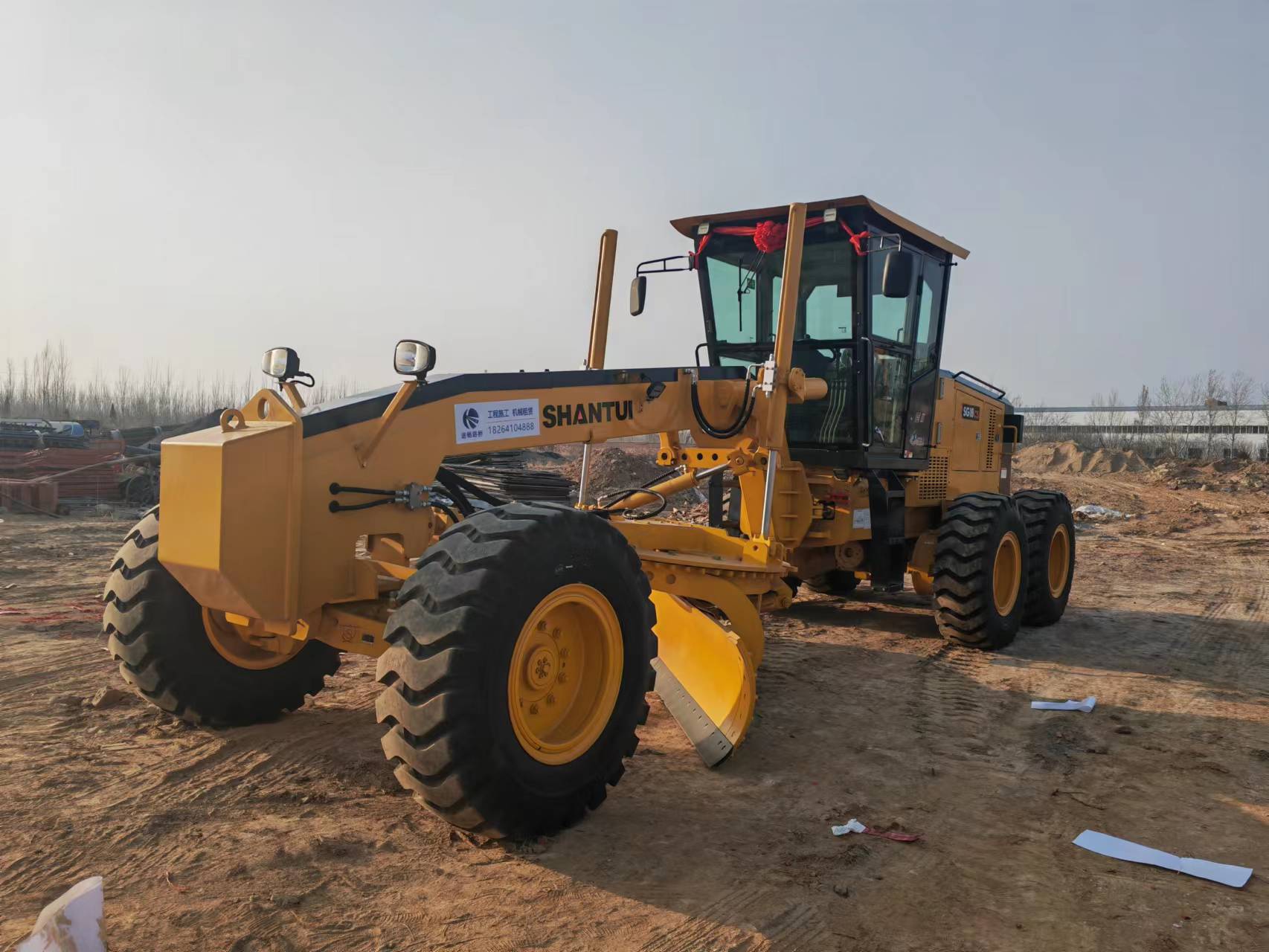
再生施工时应考虑两种接缝:与道路中心线平行的纵向接缝和与道路中心线垂直的横向接缝。
Two types of joints should be considered during regeneration construction: longitudinal joints parallel to the road centerline and transverse joints perpendicular to the road centerline.
纵向接缝:再生机的工作宽度一般小于道路或行车道的宽度,因此,全幅路的冷再生需多次作业,从而导致和相邻作业面间的纵向接缝。需要沿整条纵缝有一定的重叠量以保证相邻作业面间纵缝的连续性。相邻作业面间的重叠量不小于10cm。路面越厚,重叠量越大;材料粒径越粗,重叠量越大;相邻两次作业间隔12h以上时,重叠量应增加。在纵向接缝上,根据已建再生层的完成时间,改变水的喷入量。纵向接缝的位置应尽量避开缓慢行驶的重型车辆的轮迹。施工时应通过在现有路面上醒目标志或测量基准线的方法建立导向提示,帮助驾驶员正确操纵再生机,避免相邻作业面间存在未拌合的的夹生带。
Longitudinal joint: The working width of the regeneration machine is generally smaller than the width of the road or lane, therefore, cold regeneration of the full width road requires multiple operations, resulting in longitudinal joints between adjacent working surfaces. It is necessary to have a certain amount of overlap along the entire longitudinal seam to ensure the continuity of the longitudinal seam between adjacent working surfaces. The overlap between adjacent work surfaces shall not be less than 10cm. The thicker the road surface, the greater the overlap; The coarser the material particle size, the greater the overlap; When the interval between two adjacent assignments is more than 12 hours, the overlap should be increased. On the longitudinal joint, change the amount of water sprayed according to the completion time of the existing regeneration layer. The position of the longitudinal joint should try to avoid the wheel tracks of slow moving heavy vehicles. During construction, guidance prompts should be established by prominently marking or measuring reference lines on the existing road surface to help drivers operate the regeneration machine correctly and avoid unmixed entrainment between adjacent working surfaces.
横向接缝:因每次施工开始或终止而形成的横向接缝是不连续的。每次停机,即使是仅需几分钟用于更换罐车、刀头,也将形成一个严重影响再生材料均匀性的横缝。因此施工中尽量减少停机现象,在不可避免的情况下,应对所形成的横缝进行重叠认真处理。处理横向接缝时需要注意含水量,一般起刀落刀时含水量按正常减半。再生施工开始时,所有开始步骤必须严格依次进行,特别是水管的排气程序。所有气体必须在水到达喷洒杆前排除,如果排气不当,有可能在再生施工开始的最初几米内,混合料内无水,从而导致路面内出现非稳定路段。在临时停机后重新开始时,整个再生机组应该后退至少一个转子直径的距离既1.5-2米到达再生过的材料上。这将保证开始施工后所有材料均得到处理。停机超过水泥初凝时间,再生机再次施工时,必须将整个再生机后退至再生过的路段1.5m的距离,并重新撒布水泥。横缝问题只有当施工停止时才会出现。因此,再生机组最好只能在罐车用空后或类似情况下才能停机。施工中尽量减少停机现象,最好在每打完一段整幅路后再更换刀头,以不影响后续工序的展开。
Horizontal joint: The horizontal joint formed at the beginning or end of each construction is discontinuous. Every time the machine is shut down, even if it only takes a few minutes to replace the tank truck and blade, it will form a serious transverse seam that affects the uniformity of the recycled material. Therefore, during construction, the phenomenon of downtime should be minimized as much as possible. In unavoidable situations, the overlapping of the formed transverse joints should be carefully handled. When handling transverse joints, attention should be paid to the water content. Generally, the water content should be halved as normal when starting and falling the knife. At the beginning of regeneration construction, all starting steps must be strictly carried out in sequence, especially the exhaust procedure of the water pipe. All gases must be expelled before the water reaches the spray bar. If the exhaust is not done properly, there may be no water in the mixture within the first few meters of regeneration construction, leading to unstable road sections on the road surface. When restarting after a temporary shutdown, the entire regeneration unit should retreat at least one rotor diameter distance of 1.5-2 meters to reach the regenerated material. This will ensure that all materials are processed after the start of construction. If the shutdown exceeds the initial setting time of the cement, the entire regeneration machine must be retreated to a distance of 1.5m from the regenerated road section and the cement must be re spread during the construction of the regeneration machine again. The problem of transverse joints only occurs when construction stops. Therefore, it is best for the regeneration unit to only stop after the tank truck is empty or in similar situations. Try to minimize downtime during construction, and it is best to replace the cutting head after completing each section of the entire road to avoid affecting the subsequent process.
再生拌和均匀后应色泽一致,没有灰条、灰团和花面,即无明显粗细料离析现象,且水分合适、均匀。每天冷再生施工结束时清洗刀头一定要远离当日施工段的路面进行,以防止洗刀水流入刚打完的路面结构中造成人为软基。
After regeneration and mixing, the color should be consistent, without any gray streaks, clusters, or flower surfaces, that is, there should be no obvious segregation of coarse and fine materials, and the moisture content should be appropriate and uniform. At the end of each day's cold recycling construction, the cleaning blade must be kept away from the road surface of the construction section to prevent the water flow of the cleaning blade from entering the newly constructed road structure and creating a soft foundation.
3、整形及碾压:
3. Shaping and Rolling:
再生混合料拌和均匀并由振动压路机稳压1遍后,应立即用平地机初步整形。在直线和不设超高的平曲线段,平地机由路肩向路中心进行刮平;在设超高的平曲线段,平地机由内侧向外侧进行刮平。必要时再返回刮一遍,对于局部低洼处,应用铁镐将其表层5cm以上耙松,并用新拌的混合料进行找平。整形过程中应及时消除粗细料离析现象。既由人工配合机械把大块没有破碎掉的旧路料清除掉。整形时应将高处料直接刮出路外,不应形成薄层贴补现象。
After the recycled mixture is evenly mixed and stabilized once by a vibrating roller, it should be preliminarily shaped using a grader immediately. On straight and non elevated flat curve sections, the grader scrapes the road from the shoulder to the center of the road; When setting a super high flat curve section, the grader scrapes it from the inside to the outside. If necessary, go back and scrape again. For local low-lying areas, use an iron pick to loosen the surface layer by more than 5cm, and level it with freshly mixed mixture. During the shaping process, the segregation of coarse and fine materials should be promptly eliminated. Both manual and mechanical removal of large, unbroken old road materials. When shaping, the high materials should be directly scraped out and should not form a thin layer of patching.
平地机初平完成后,由振动压路机高幅/低频稳压一遍,然后由测量工按照质量控制要求分左、中、右三点放样控制标高和横坡度(直线段20米1点,弯道10米一点),指导平地机进行细致找平,达到调拱度、调坡度的目的。保证平整度、横坡度符合设计要求。施工中要坚持“宁刮不补”的原则,如果要补料的话,当确定要补5cm以上的混合料,补料的时候,需在新补料中多掺水泥并保证含水量,以确保粘结性,碾压的时候能不松散不起皮。在用平地机做最后的终平工作时,一定要特别小心,确保对整个表面进行刮平,使其纵向顺适,路拱和超高符合设计要求。不要在低洼处落下刀片,必须将局部高出部分刮除并扫出路外,因为这些料与下层料之间是没有粘结力的,碾压的时候容易造成起皮压不住现象。终平应仔细进行,对于局部低洼之处,不再进行找补,可留待铺筑沥青面层时处理。
After the initial leveling of the grader is completed, the vibration roller stabilizes the high amplitude/low frequency once, and then the surveyor sets out and controls the elevation and cross slope at three points, namely left, middle, and right, according to quality control requirements (1 point at a straight section of 20 meters and 1 point at a bend of 10 meters), guiding the grader to carry out detailed leveling and achieve the purpose of adjusting the arch and slope. Ensure that the flatness and cross slope meet the design requirements. During construction, the principle of "better scraping than filling" should be adhered to. If additional materials are needed, when it is determined that a mixture of 5cm or more needs to be added, more cement should be added to the new material and the water content should be ensured to ensure adhesion. During rolling, it should not be loose or peeling. When using a grader for the final leveling work, special care must be taken to ensure that the entire surface is scraped flat, making it longitudinally smooth, and that the road arches and superelevation meet the design requirements. Do not drop the blade in low-lying areas. It is necessary to scrape off the locally raised part and sweep it out, because there is no bonding force between these materials and the lower layer, which can easily cause peeling and inability to press during rolling. The final leveling should be carried out carefully, and for local low-lying areas, no further filling is required. It can be left for treatment when laying the asphalt surface layer.
找平完毕后由振动压路机进行1-2遍碾压,碾压前如混合料表面风干,必要时由洒水车喷洒补水,以防压不住。初压时使用高幅/低频振动模式,以便压实层面的下部,随后使用低幅/高频振动模式压实再生层的上部。碾压原则先轻后重,自路边向路中依次碾压,碾压速度应控制在最低速度,注意错轮宽度并且不漏压。另外,使用振动压路机的时候,应注意以下几点:路面有油气管线横过路管的两侧1米范围内,不可采用振动模式压实。使用高幅/低频振动模式压实往往会扰动层面顶部的材料,尤其是表面。不过在使用低幅/高频振动模式压实之前用平地机找平可以修正过来。若达到材料的最大密度后仍然继续碾压,则会破坏材料,降低材料的密度。根据混合料的厚度和外在表现形式防止过压。
After leveling, use a vibrating roller to perform 1-2 rounds of compaction. If the surface of the mixture is air dried before compaction, use a sprinkler truck to spray and replenish water if necessary to prevent it from being crushed. During initial compaction, use high amplitude/low frequency vibration modes to compact the lower part of the layer, and then use low amplitude/high frequency vibration modes to compact the upper part of the regeneration layer. The principle of rolling is to start with light and then heavy, rolling from the roadside to the middle of the road in sequence. The rolling speed should be controlled at the lowest speed, and attention should be paid to the width of the wrong wheel and no missed rolling. In addition, when using a vibratory roller, attention should be paid to the following points: if there are oil and gas pipelines crossing within a range of 1 meter on both sides of the road, vibration mode compaction cannot be used. The use of high amplitude/low frequency vibration modes for compaction often disturbs the material at the top of the layer, especially the surface. However, leveling with a grader can be corrected before using low amplitude/high frequency vibration mode for compaction. If rolling continues after reaching the maximum density of the material, it will damage the material and reduce its density. Prevent overpressure based on the thickness and external manifestation of the mixture.
本文来自:水泥撒布车出租更多的内容请点击:https://www.sddhfjx.com我们将会为您提问的问题提供一个满意的服务,欢迎您的来电!
This article comes from: Rental of cement spreader trucks. For more information, please click: https://www.sddhfjx.com We will provide satisfactory service for the questions you ask. Welcome to call us!


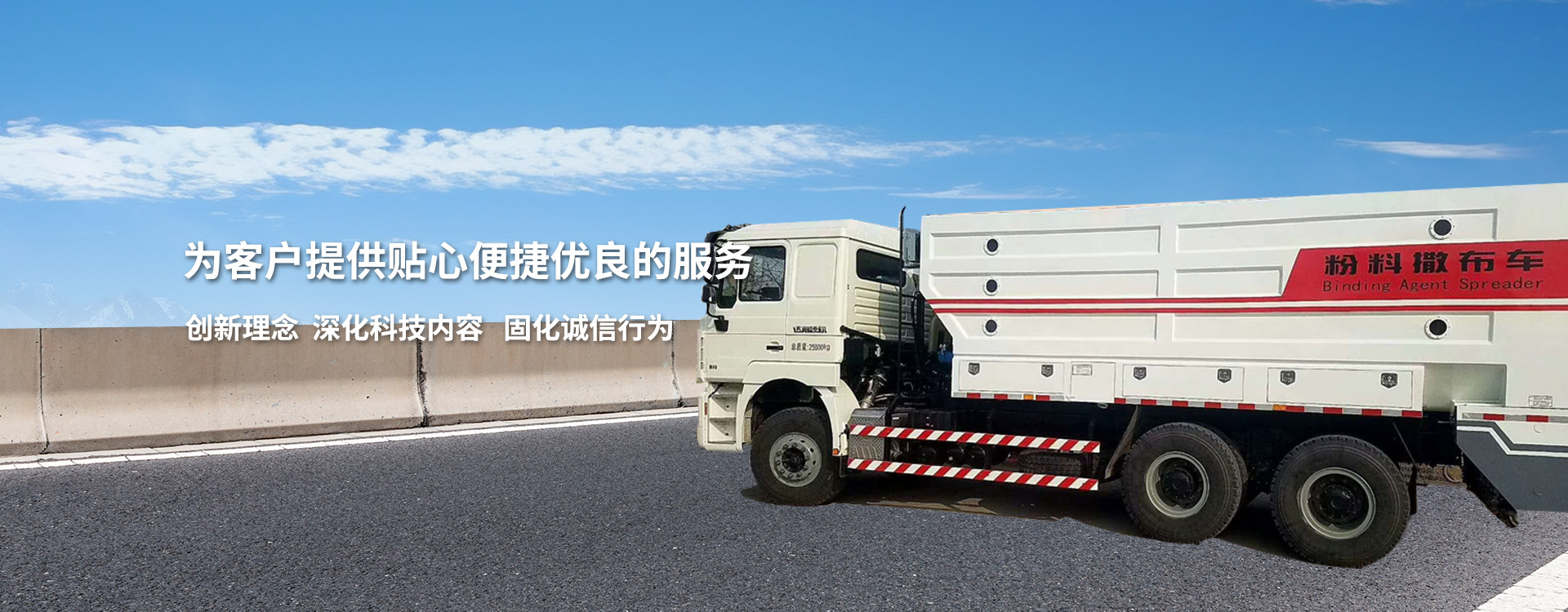
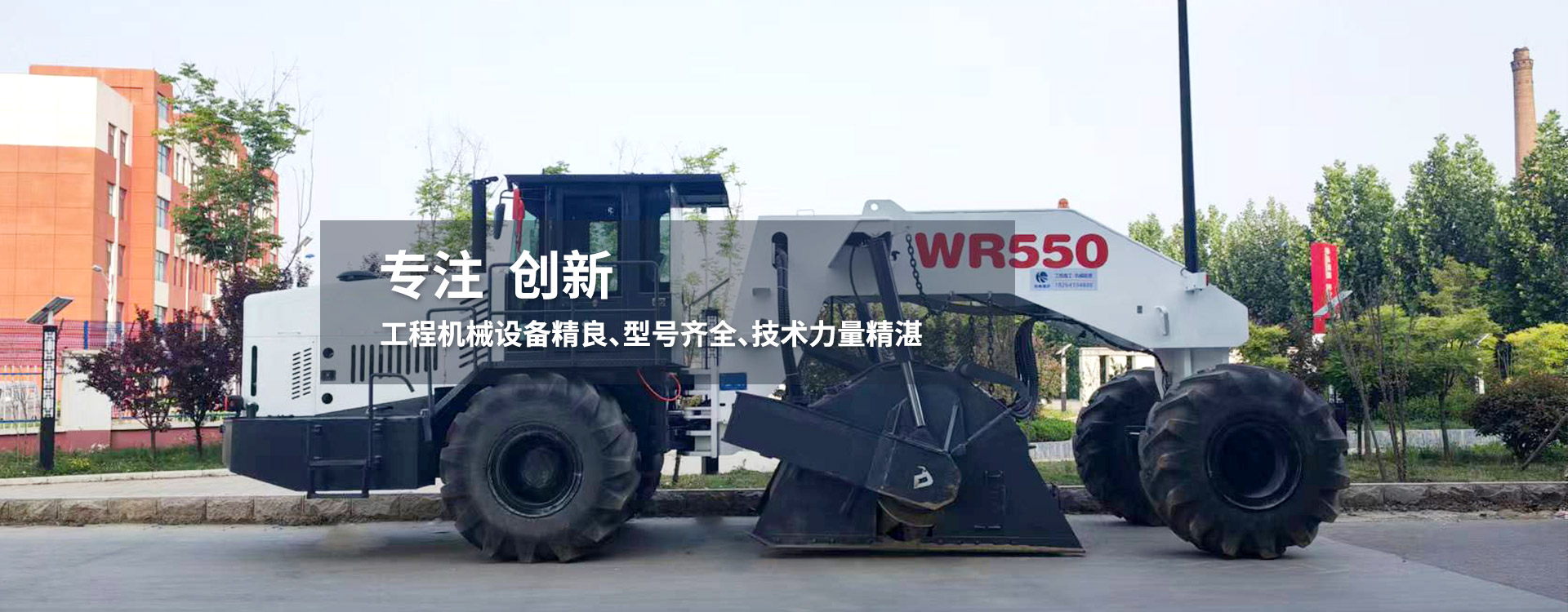

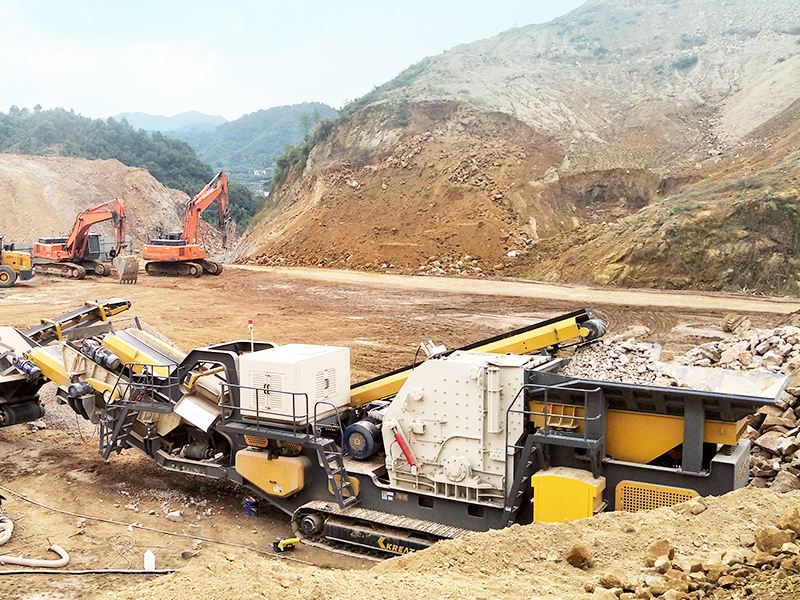
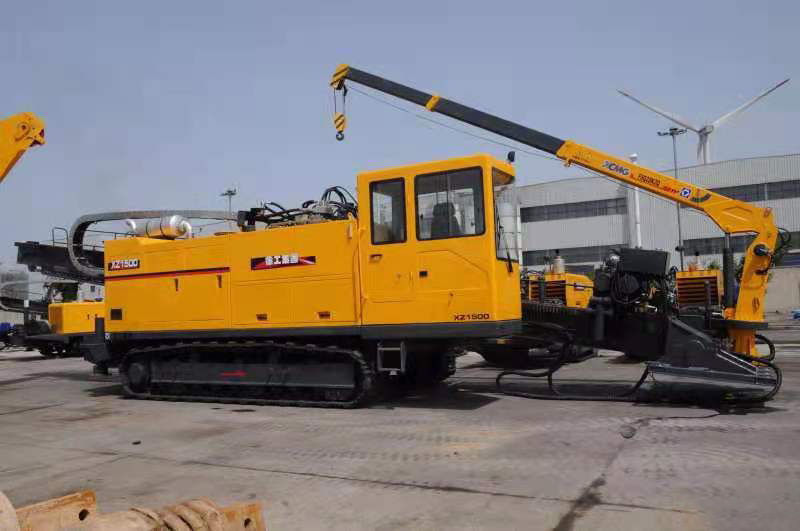
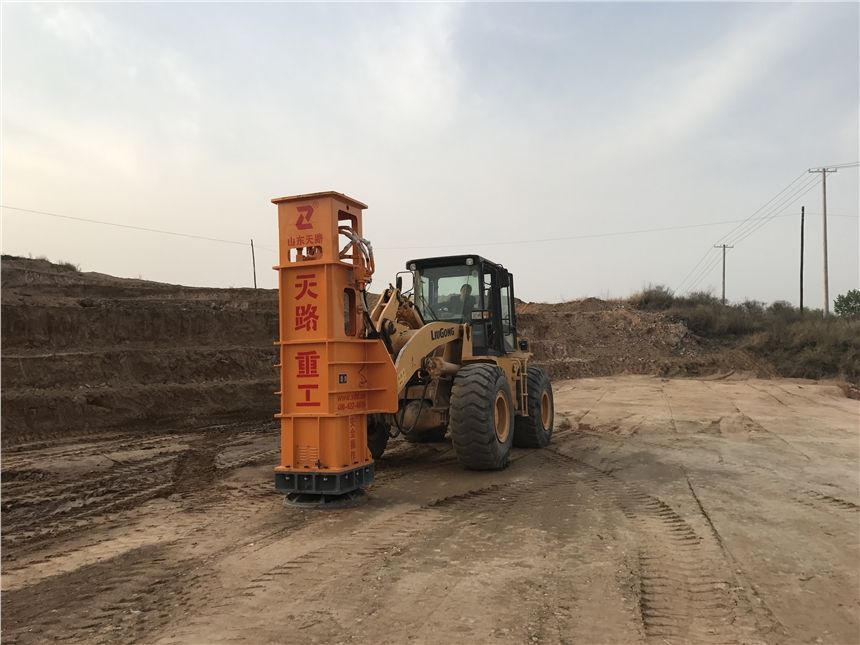
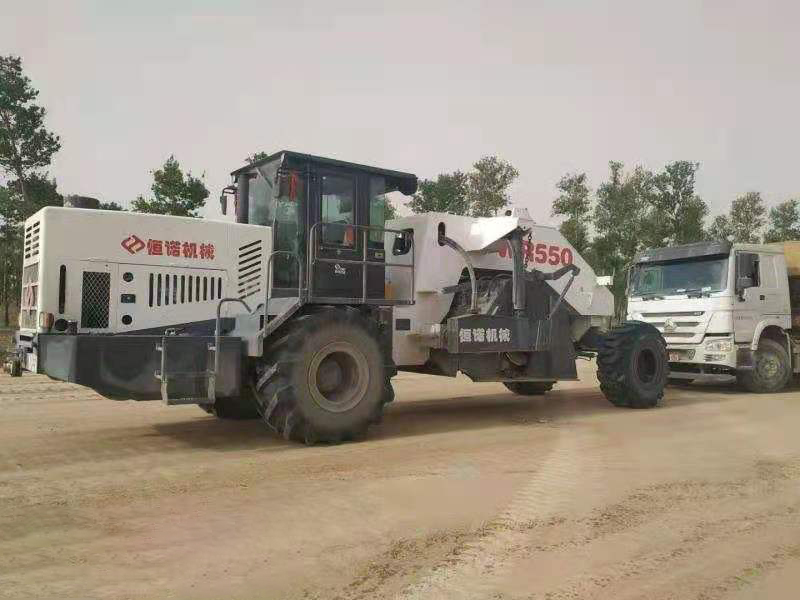
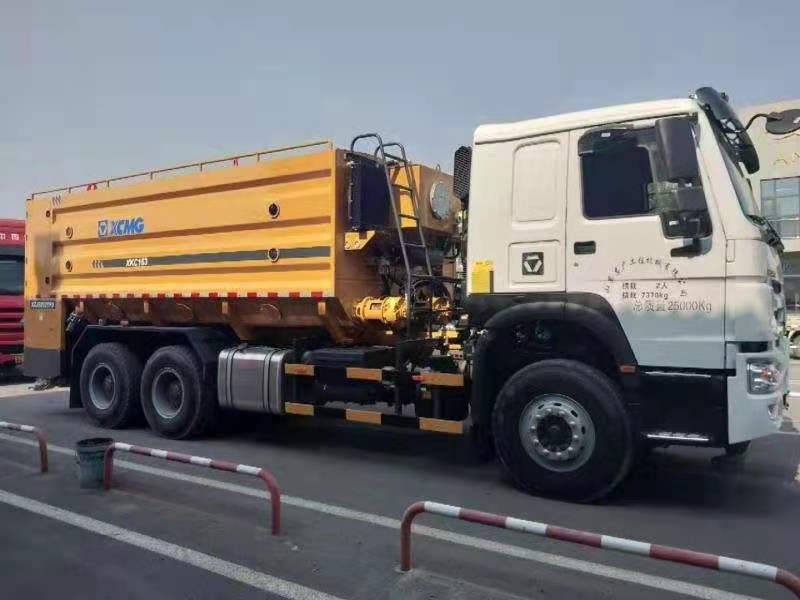
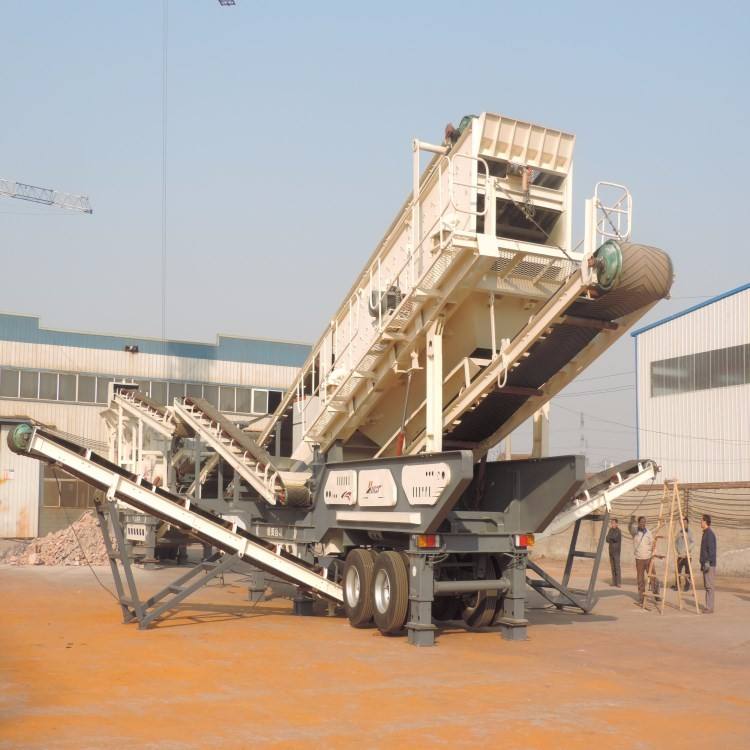
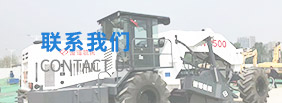
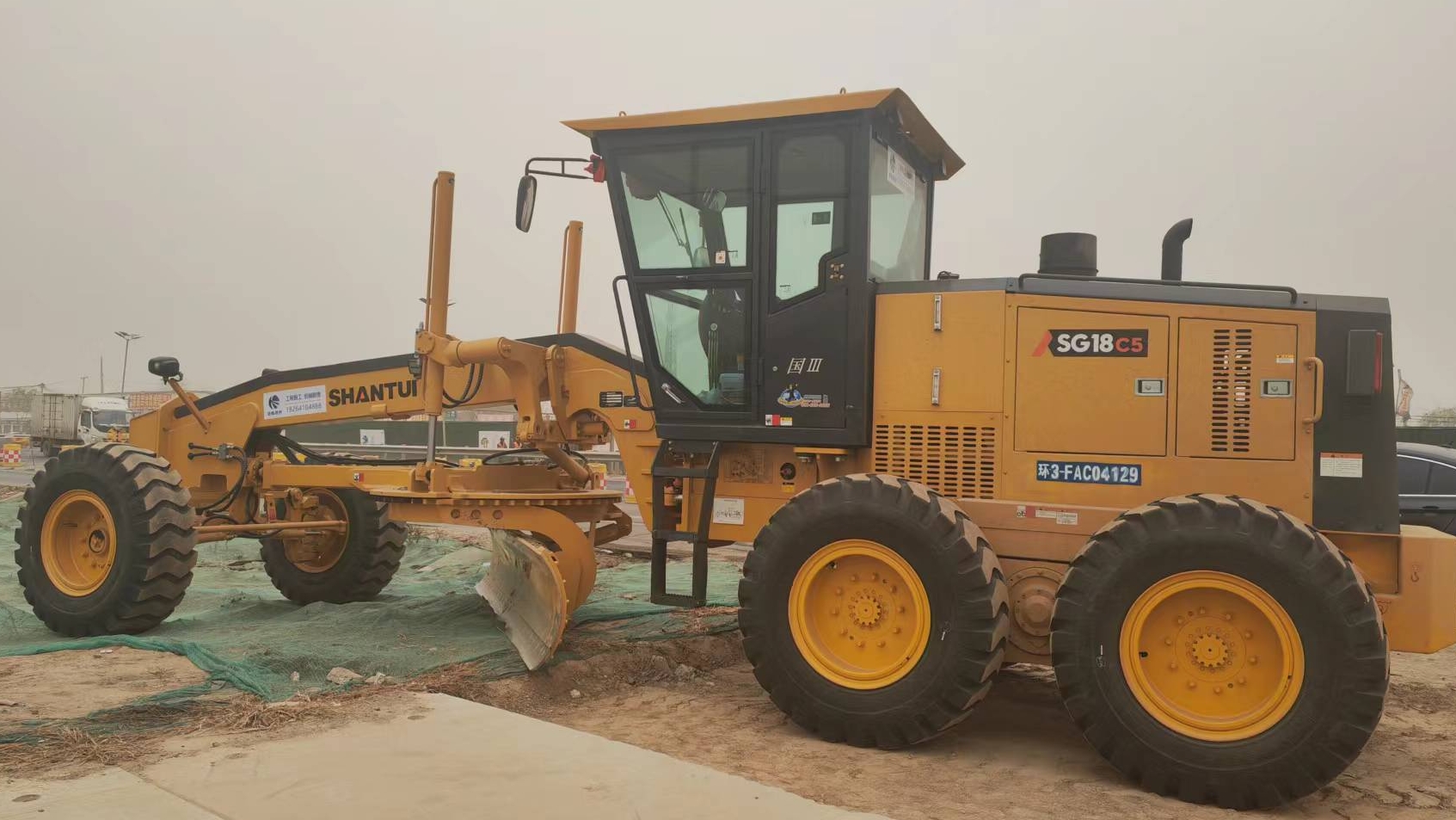
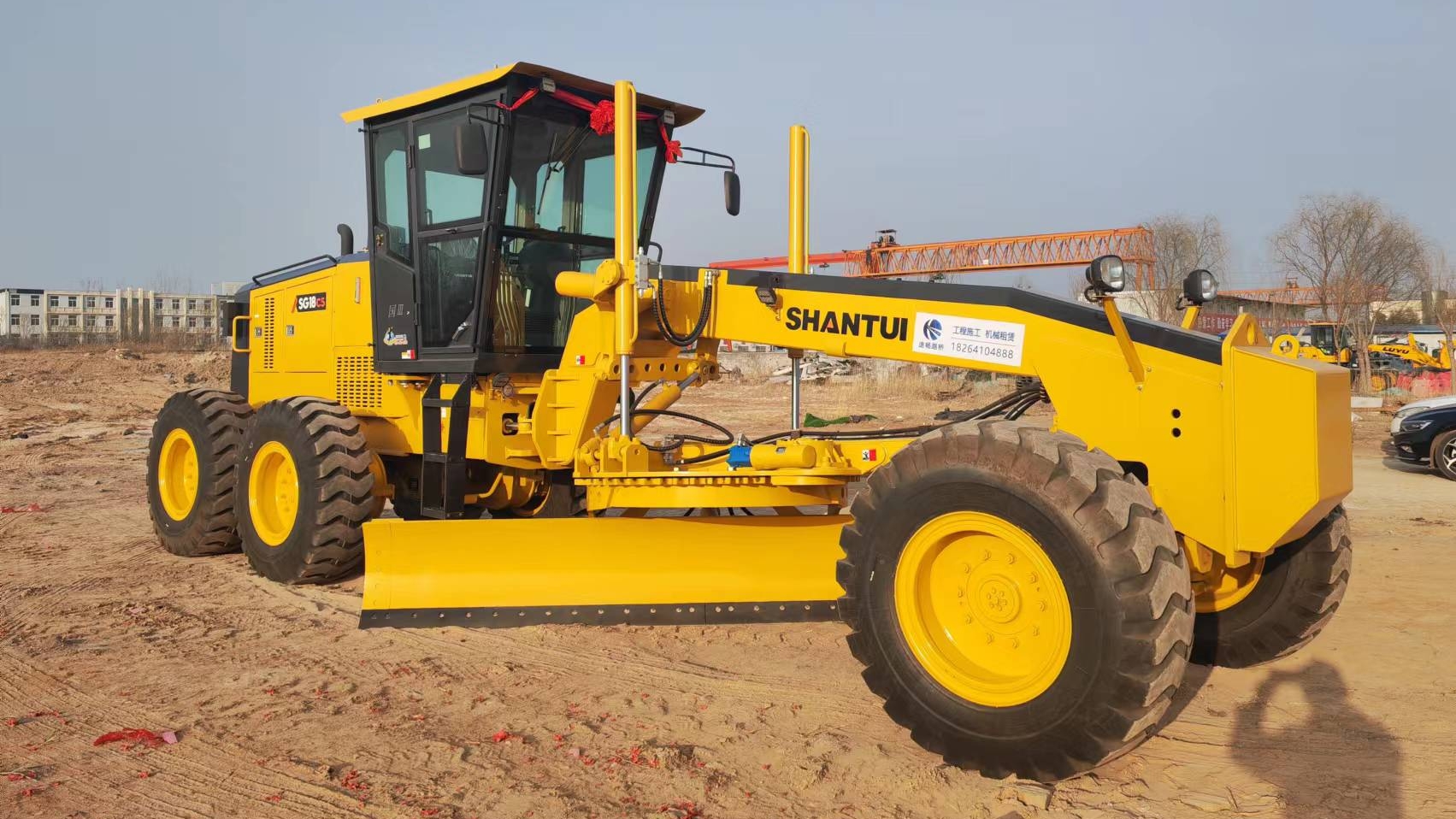
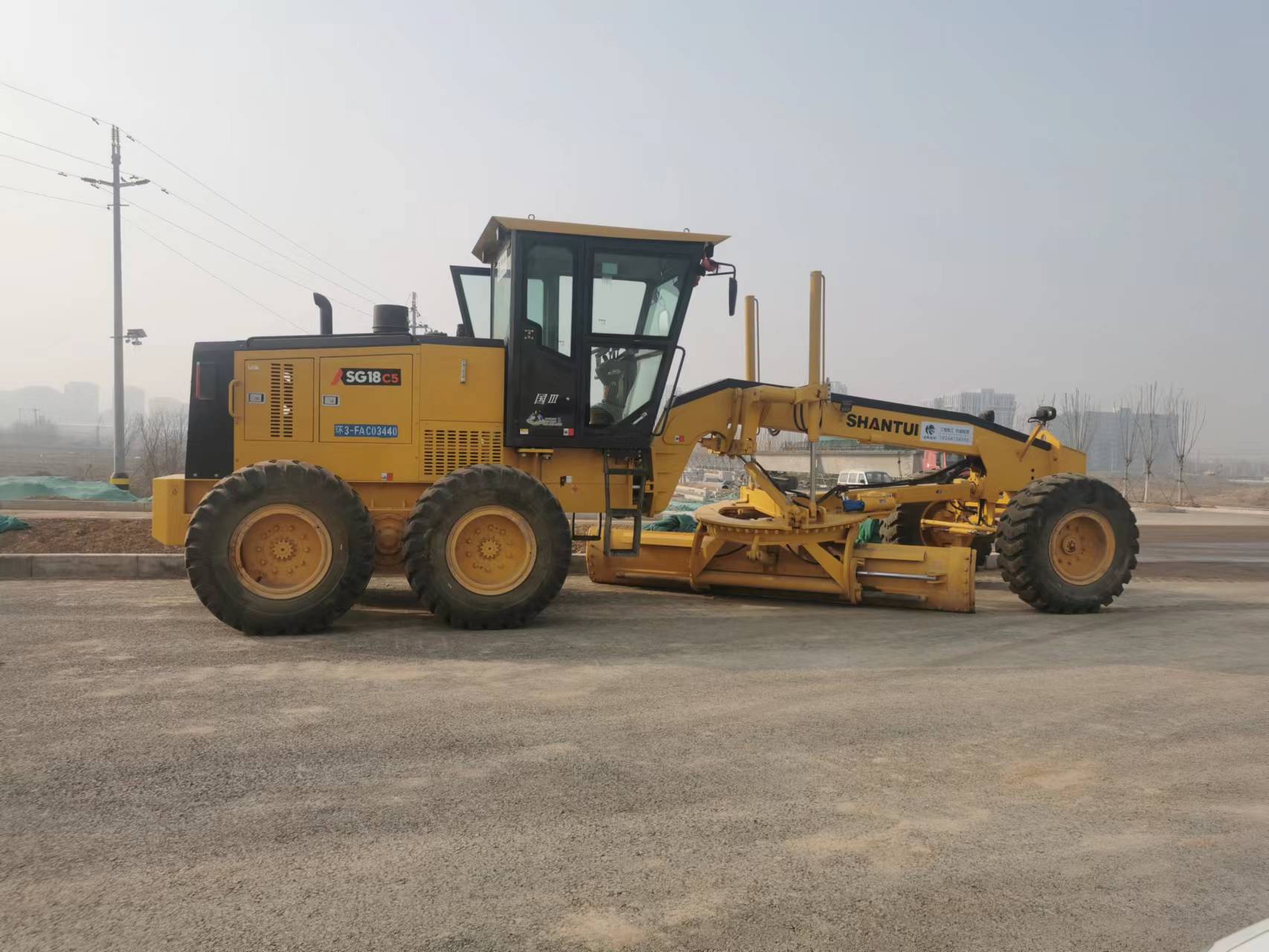
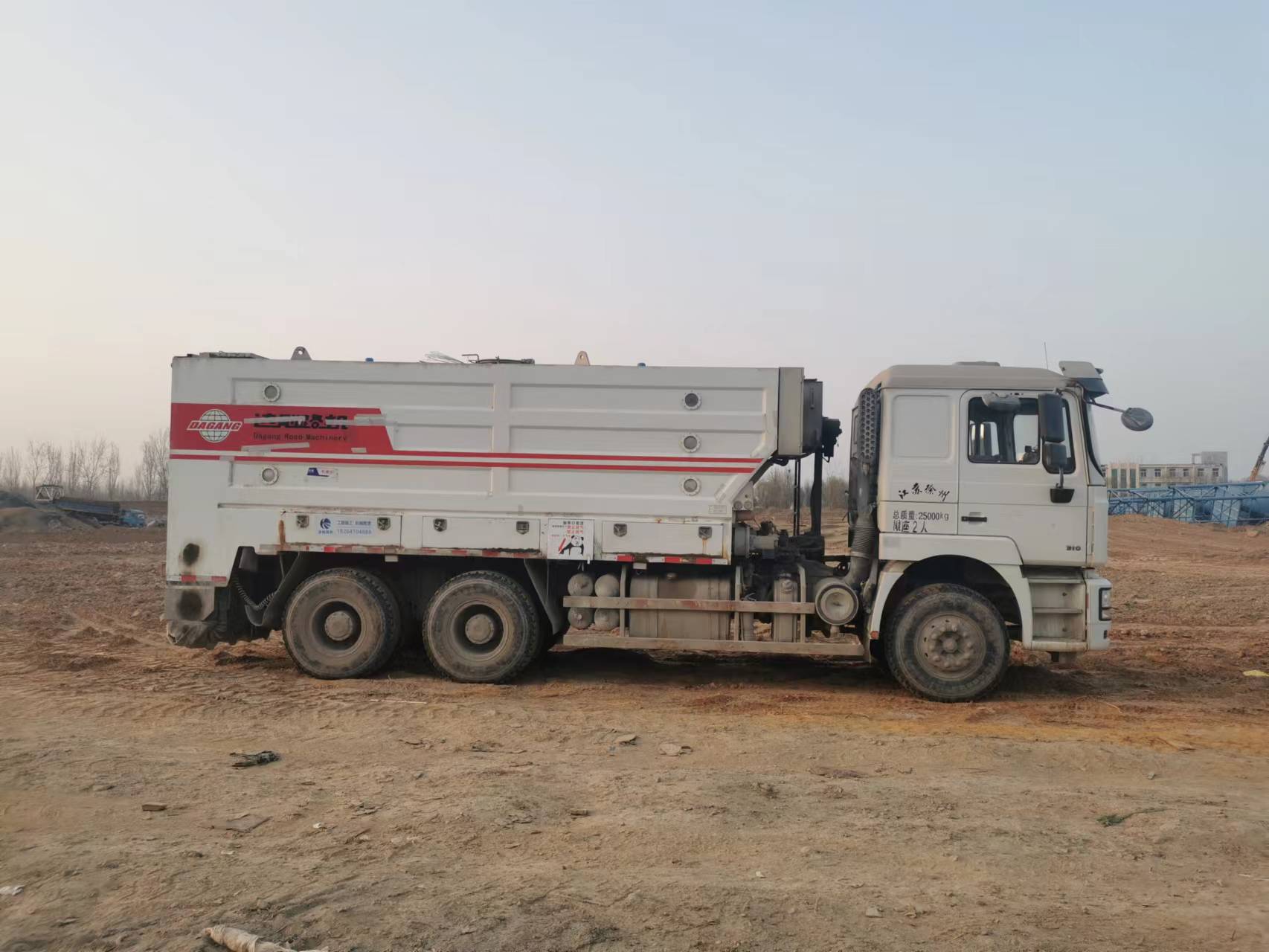
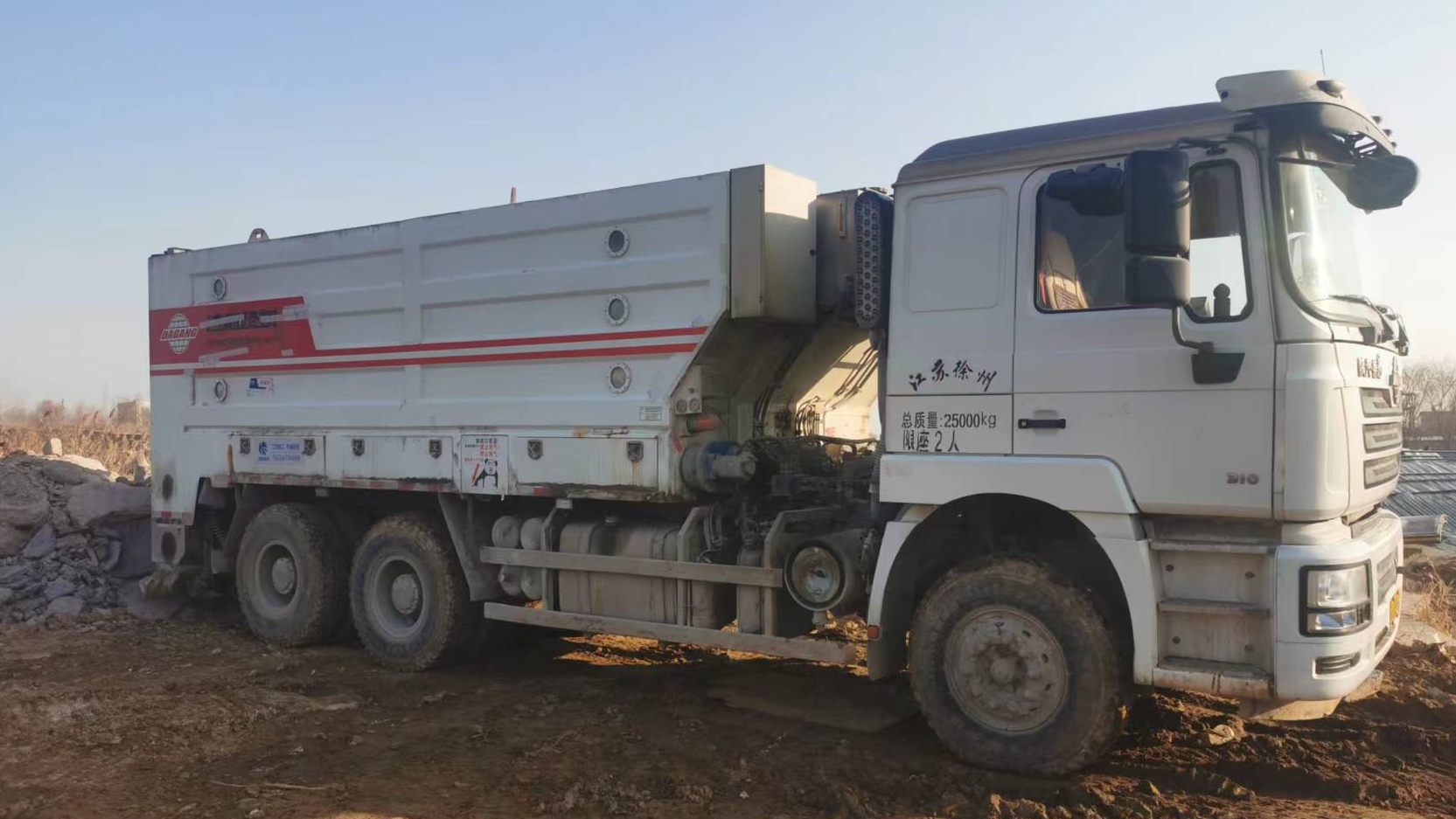
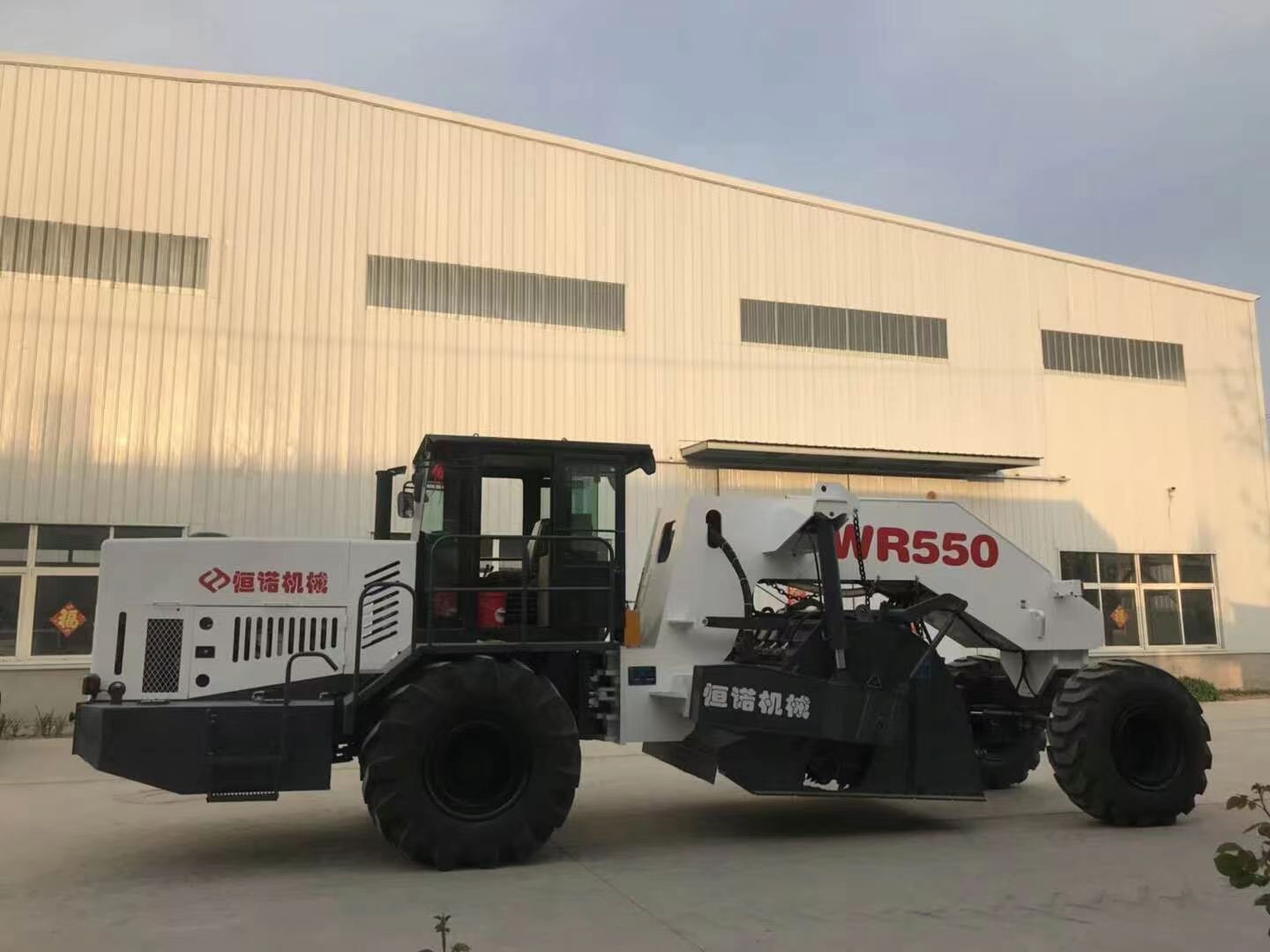
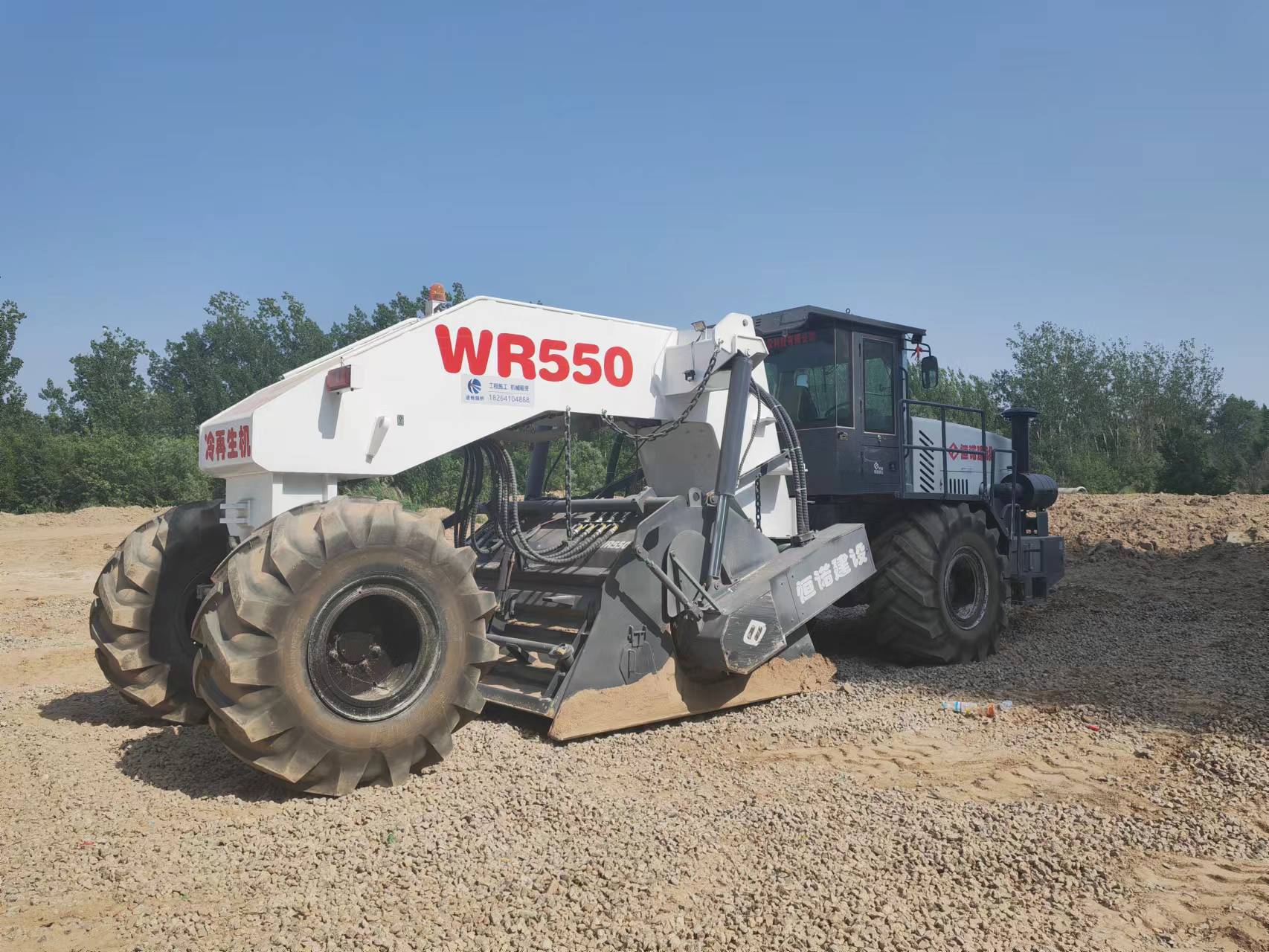
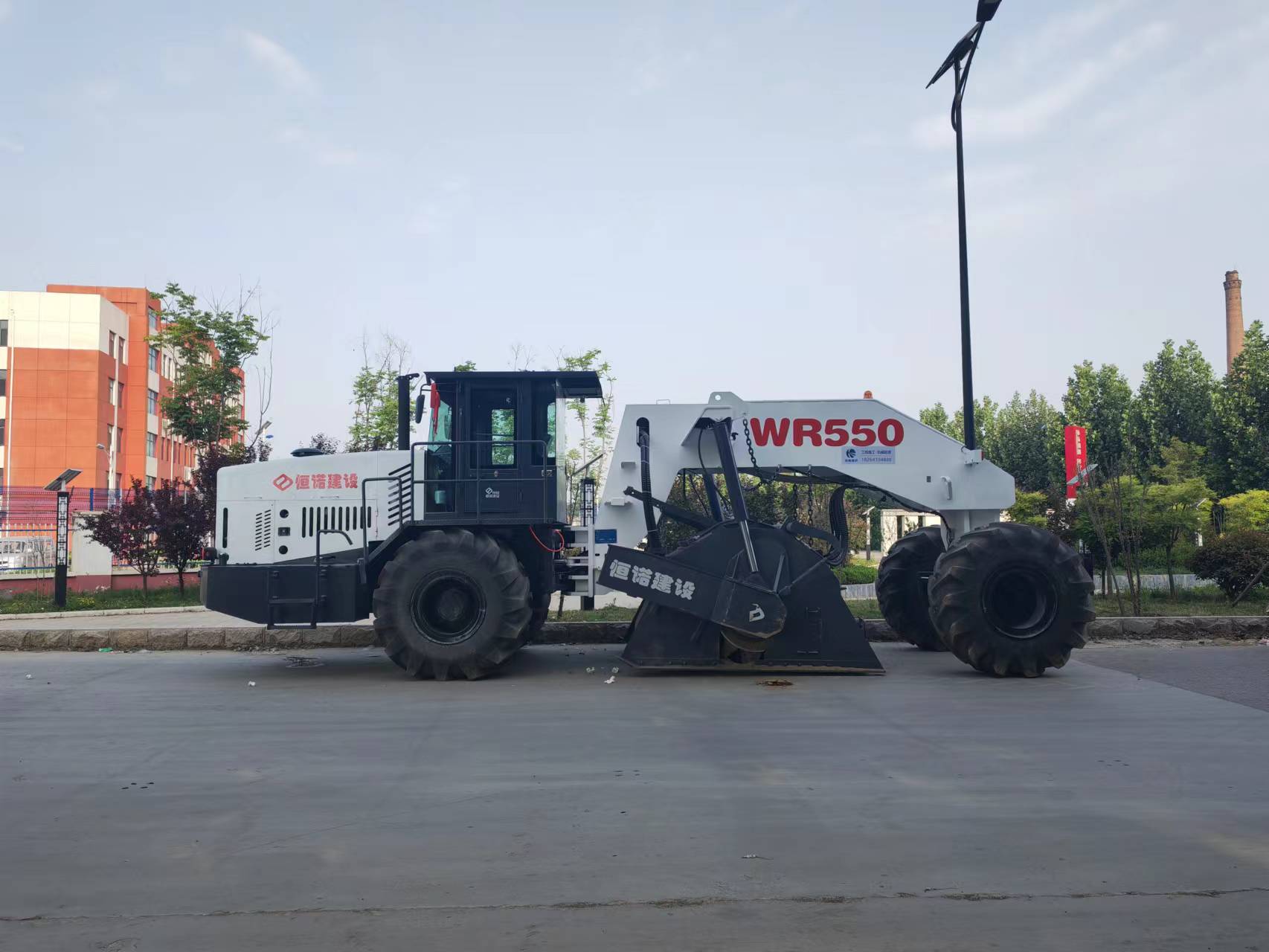
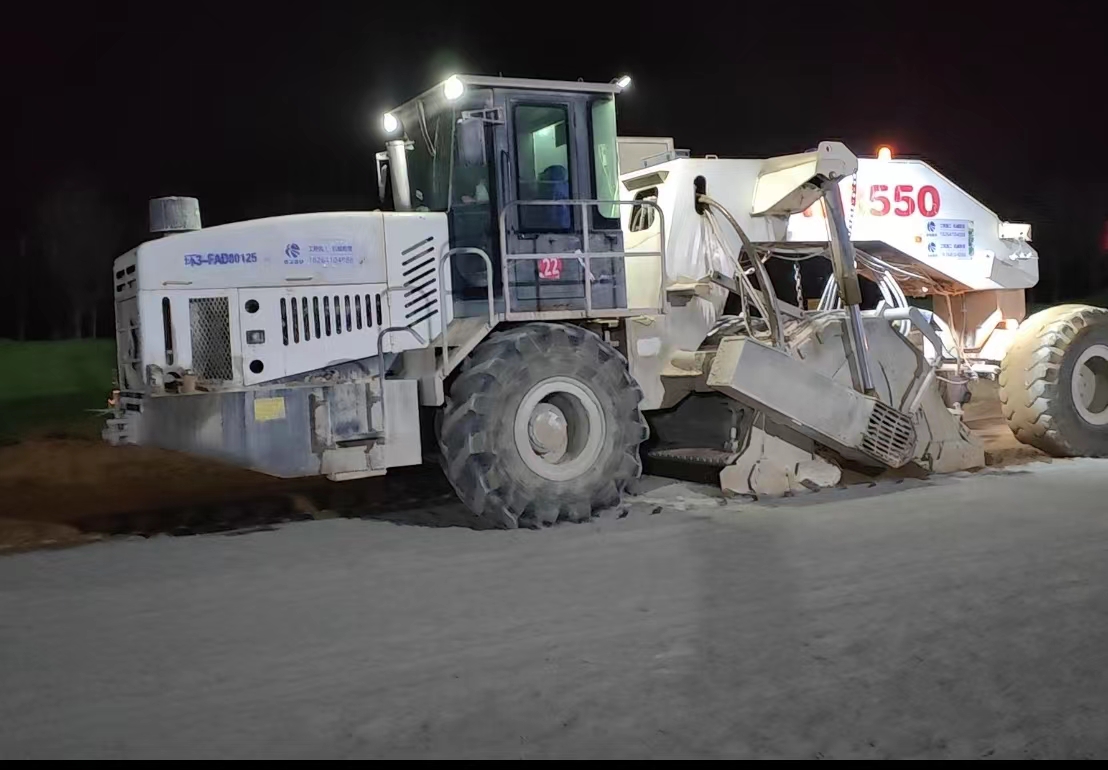
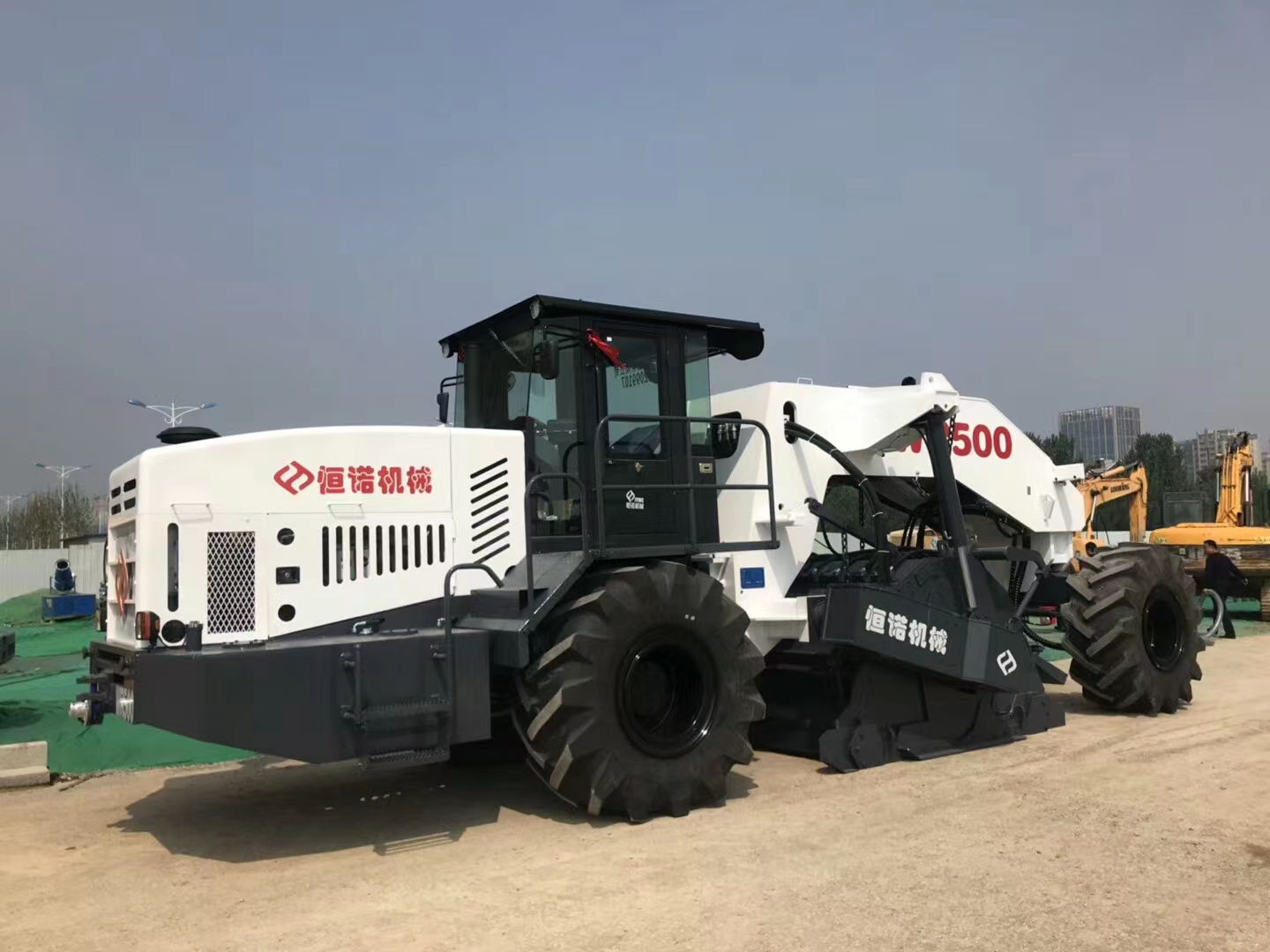
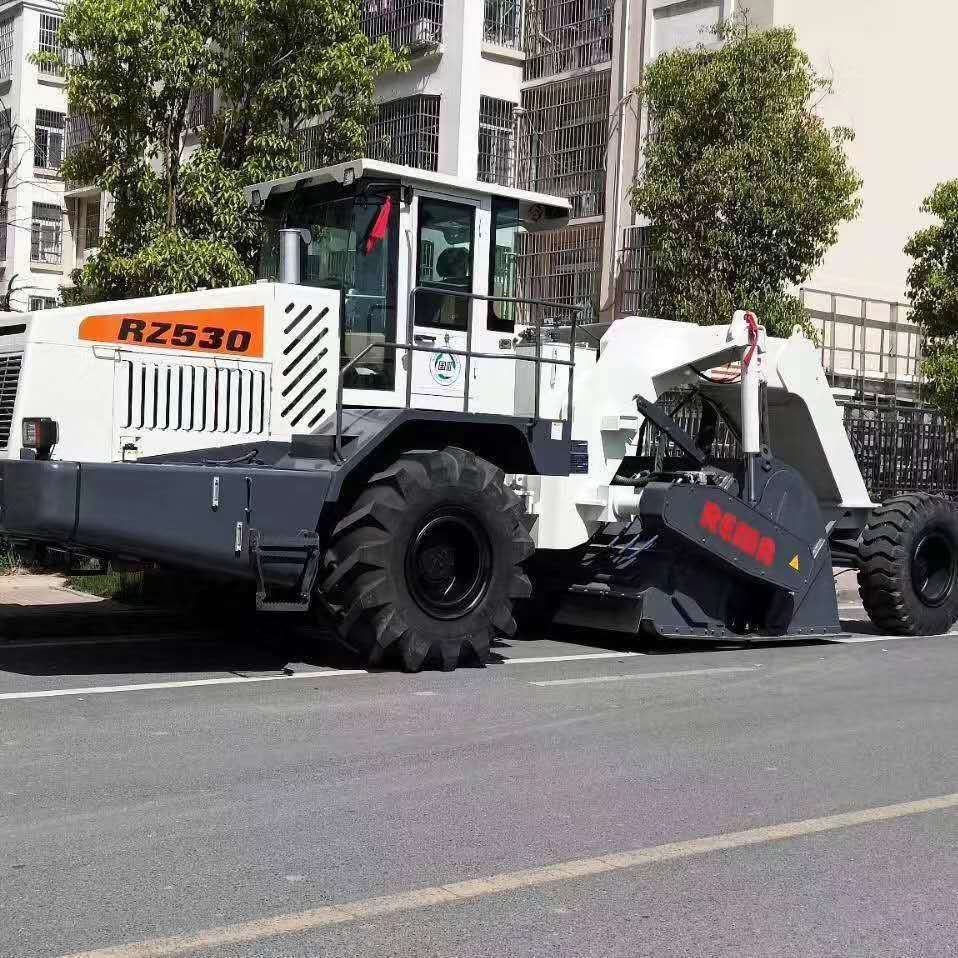
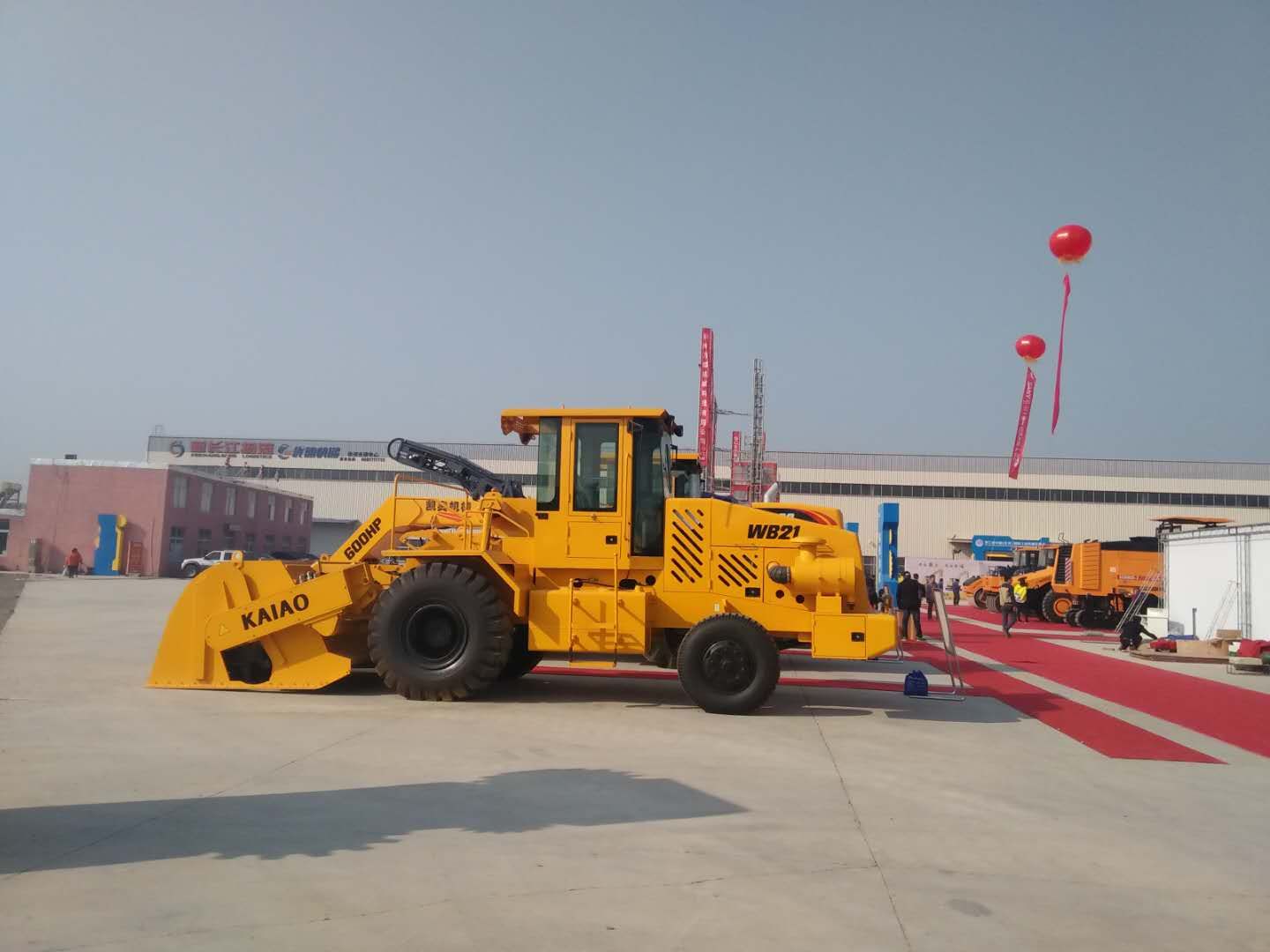
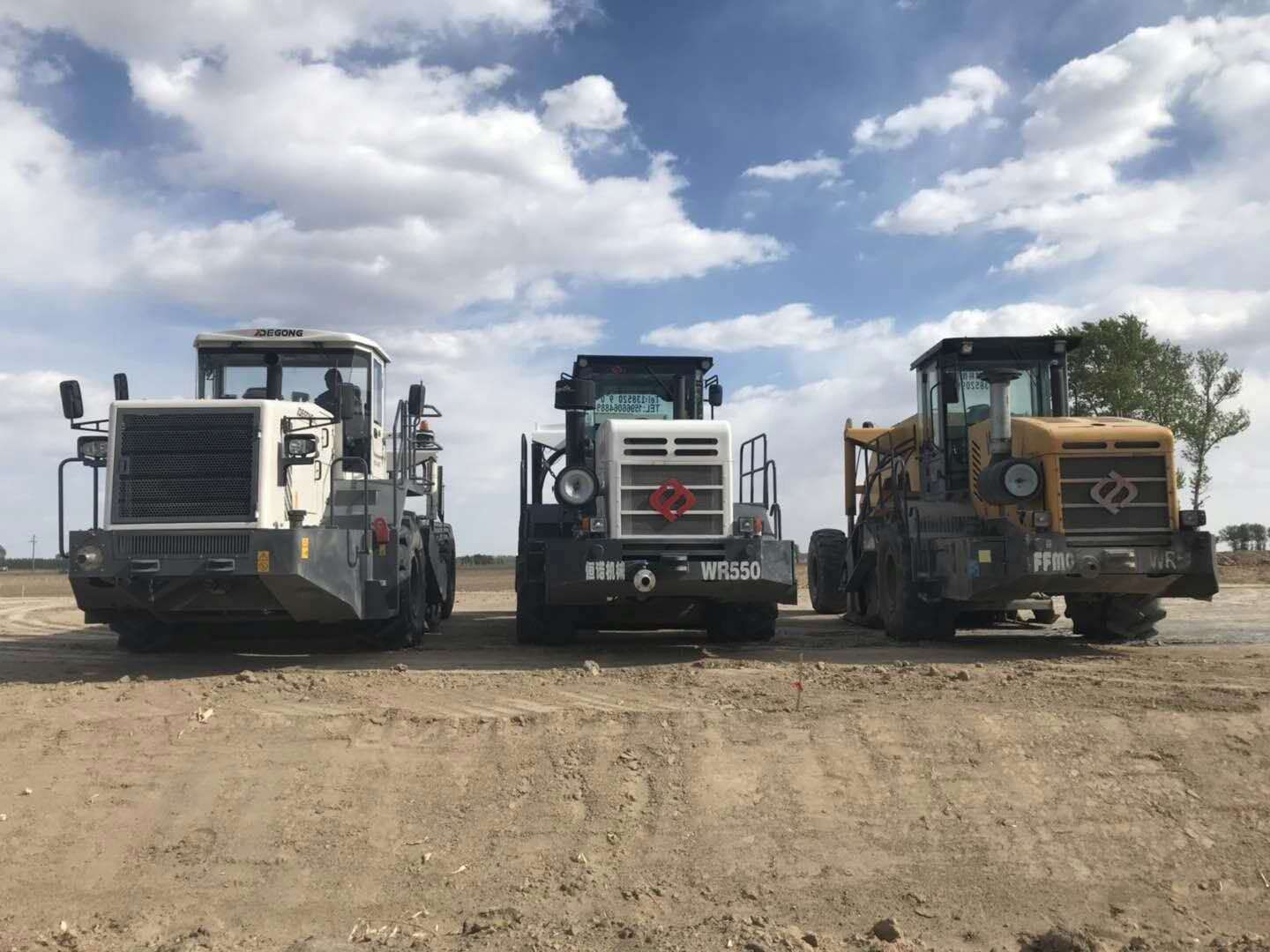
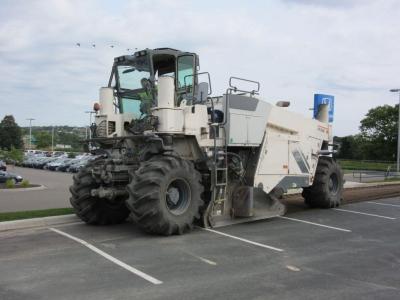
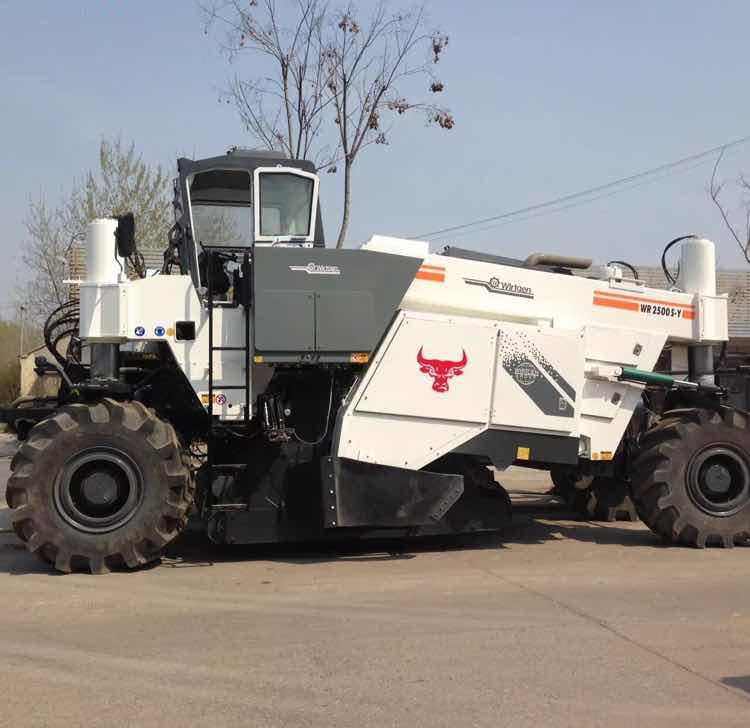
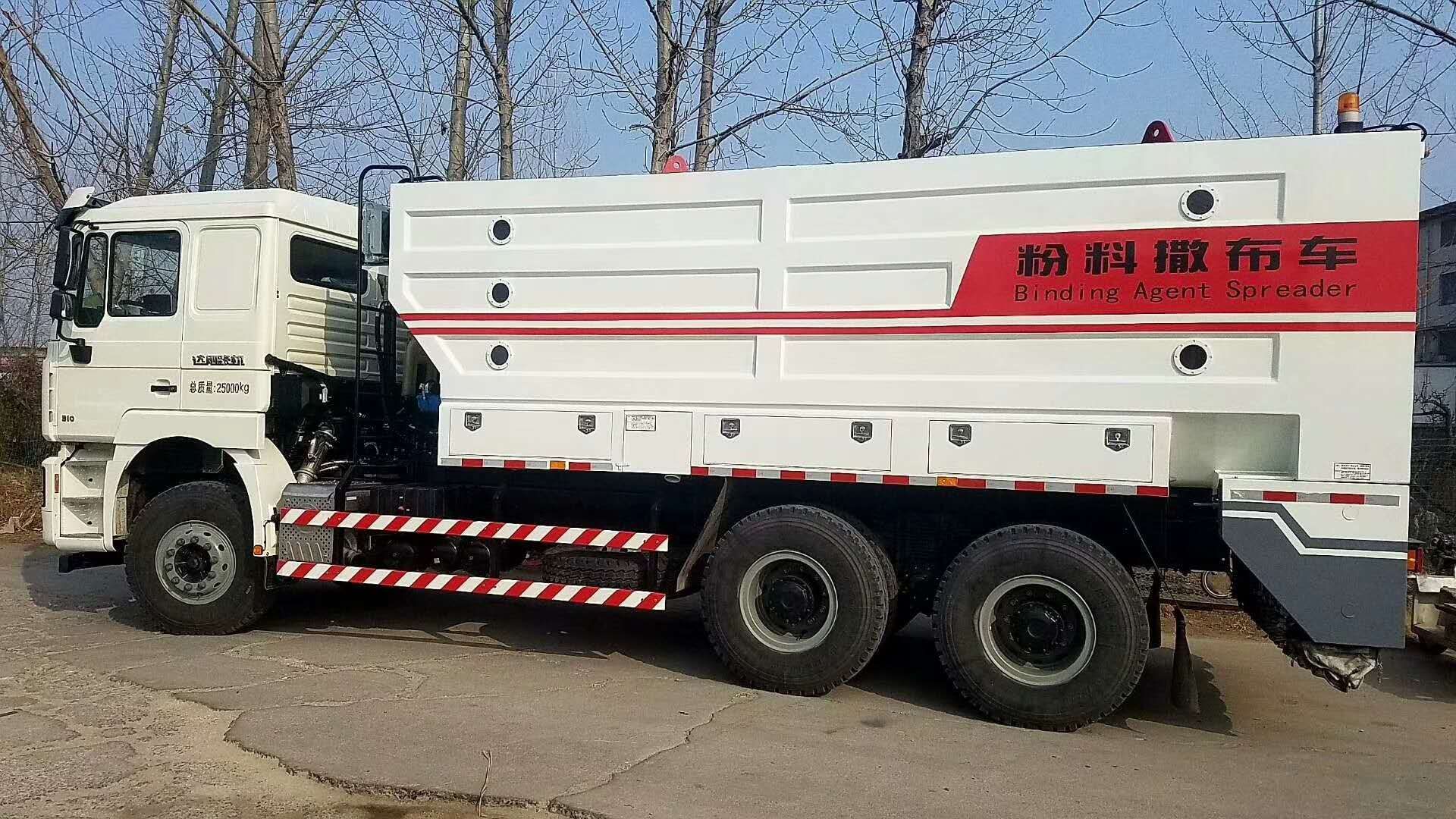
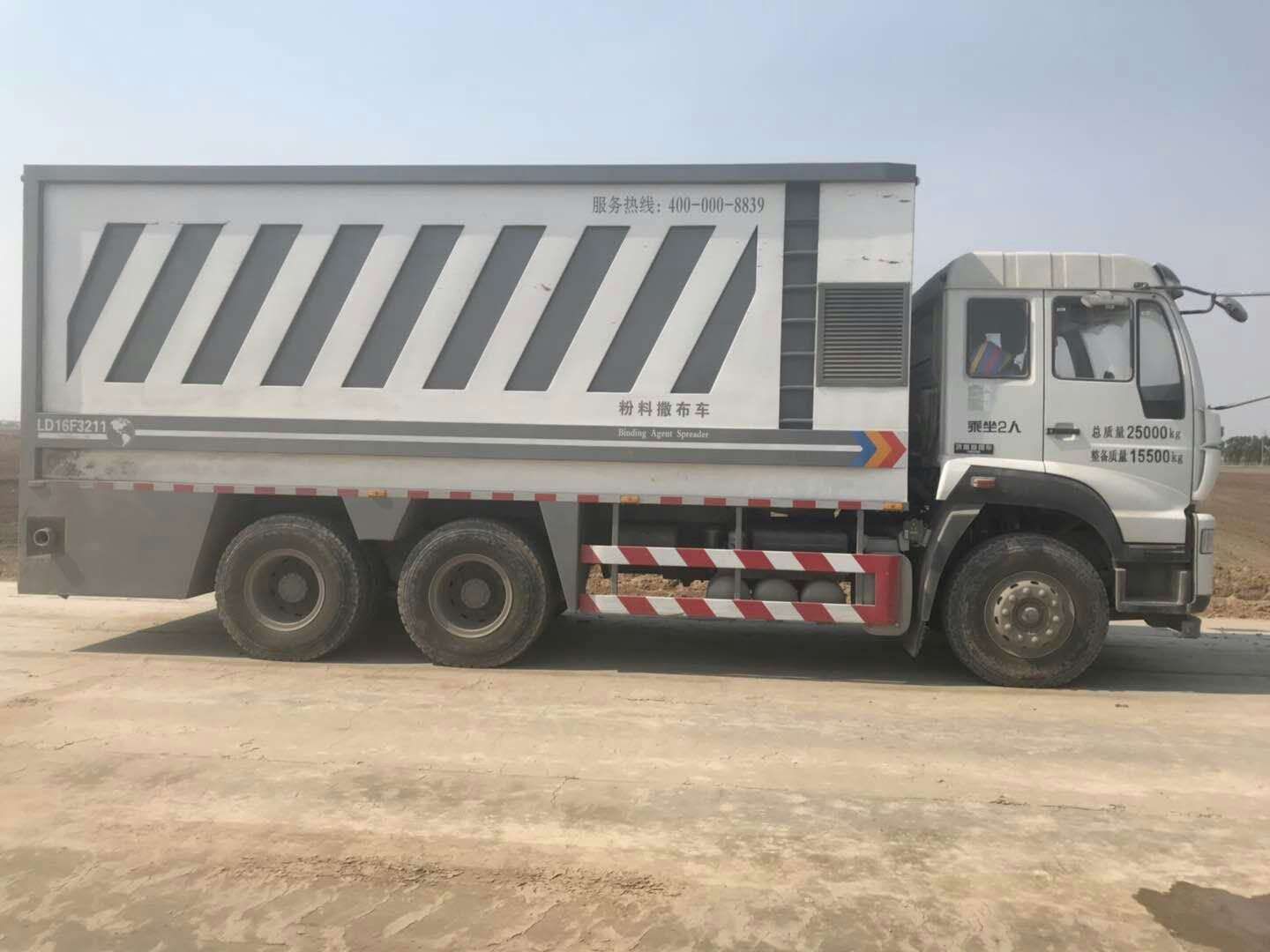
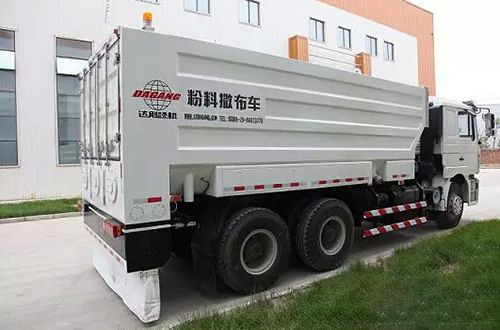
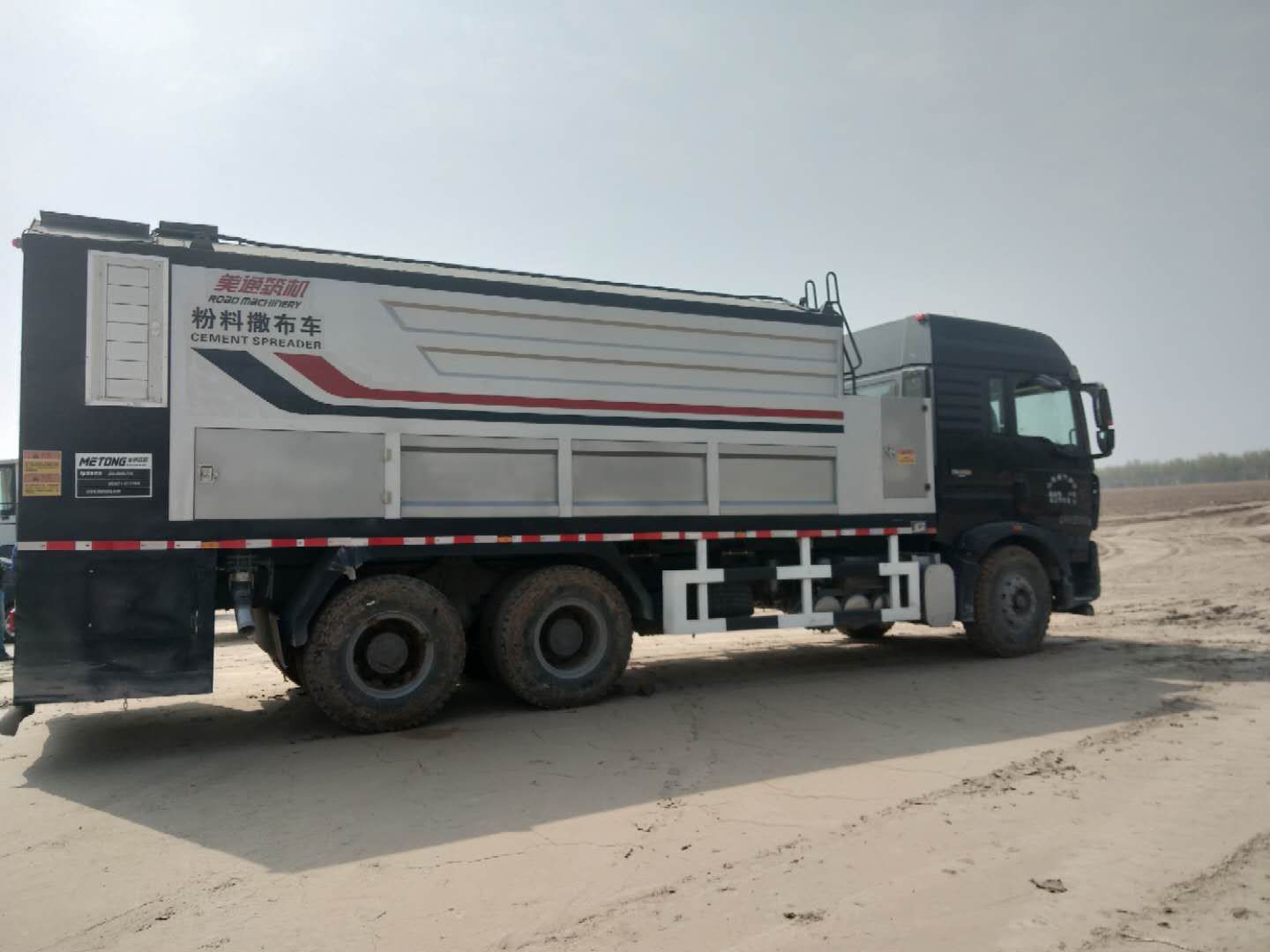
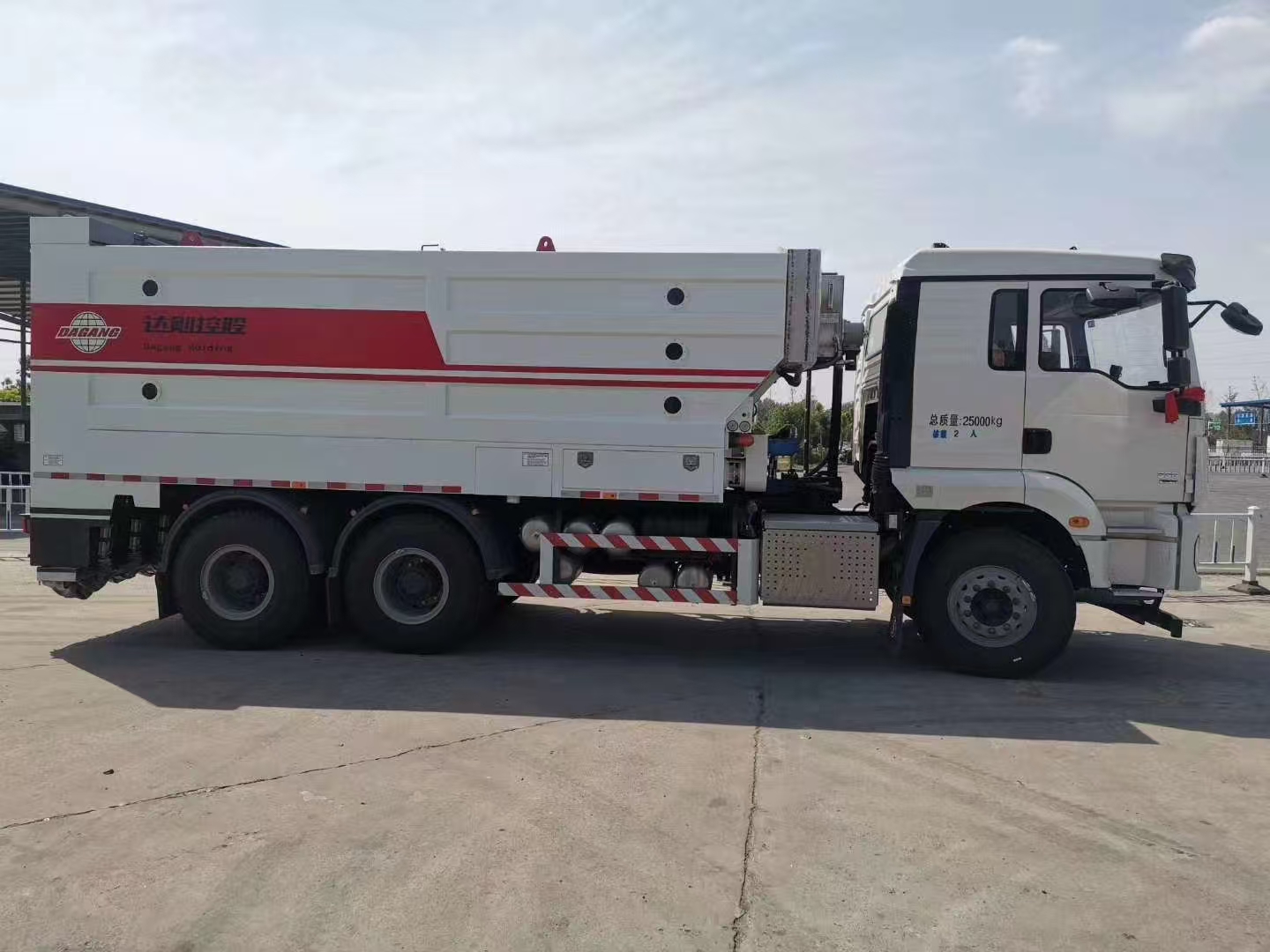




 公司地址:济南市槐荫区经一路273号群盛华城2号楼1-404
公司地址:济南市槐荫区经一路273号群盛华城2号楼1-404 公司名称:山东途畅路桥工程有限公司
公司名称:山东途畅路桥工程有限公司  备案号:
备案号: